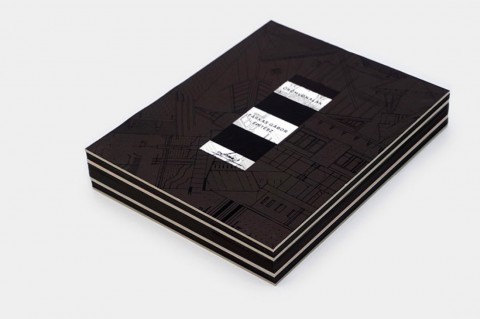
Do you ever worry that you’ll get crushed by falling scaffolding?
Many people refuse to walk under it. They make a point of walking around all scaffolding, but the chances of being pulverized by steel bars are pretty small.
Scaffolding installations have to be built according to a strict process. There’s a set way to build up scaffolding. The workmen have to carry out certain steps in the right order. It’s this process that ensures that they have safe results every time.
Good negotiators follow a process too.
And when they follow a process, they get great results every time.
Negotiators who use a process remain in firm control of their negotiations. They know exactly what they should be doing. They are able to set out clear goals at the beginning of a negotiation. And they achieve them.
Negotiators who don’t work to a process can never achieve the same results. This is partly because they probably never worked out what they should be achieving. But it is also because they become distracted trying to work out what they should do next in a negotiation.
And that is something that negotiators who use process never do. They realize that there is a set outline to follow. And they realize the benefits that they will gain by following this process.
Good print negotiators follow a process long before they meet the other party.
My negotiation process follows seven stages. The first stages take place before a serious engagement with the other party. And the final stage takes place after the handshake that seals the deal.
Good negotiators are still reviewing some of their deals months or even years after they shook hands. They remain committed to a process long after the deal is done.
But some negotiators feel that following a process is not for them. Surely following a process limits your negotiation flexibility.
Actually, the reverse is true. A good structure will ensure that you plan the right flexibility in all negotiations and that this flexibility has been thought about long before it is needed.
Negotiation process makes sure that you do the right things at the right time. But it doesn’t stop you from having the right amount of freedom in your negotiation.
Here’s how process works in a typical situation.
When I run negotiation training, I often start off with an exercise at the beginning of the day. This is before trainees learn about the need for a process. It is interesting to see how many trainees manage this first negotiation.
Typically, they are enthusiastic and keen to show their ability to close a deal so they jump straight in with proposals. But then, they are surprised to find that their proposals do not work. So they ask some questions and then try some more proposals. Then they may tell the other party more about their situation.
And the other party is usually acting in the same way so they go through the same process. But usually, one party is trying to make proposals whilst the other is asking questions. Or they are asking questions while the other party is trying to make proposals.
So everybody gets confused.
But when the trainees get introduced to the idea of the negotiation process, things get a whole load easier.
Process makes negotiations flow.
And a negotiation that flows creates better results for both parties. People aren’t confused any more so both sides can concentrate on getting a result which works for everyone.
Of course, it is not just process that creates good results. A good print negotiator will also need to manage people and conversations well. They will need to be able to create realistic proposals and to have good trading skills.
But all these other skills count for little unless they follow a suitable process.
If you don’t follow a process, your negotiation may fail.
To get the right negotiation results, you need to carry out specific steps. And you need to carry out the steps in the right order.
If the scaffolders didn’t follow the right steps, in the right order, their scaffolding might come crashing down. They know what will happen if they don’t follow the right process.
You don’t want your negotiation collapsing because you didn’t follow the right process.
———-
This article is an excerpt from Matthew Parker’s forthcoming book, “The Print Industry Negotiation Handbook,” which will launch in February 2012. To receive another excerpt entitled “How to avoid using straight line negotiation and giving way on price,” please click here. You’ll also receive updates on the launch and news of a special launch offer.











